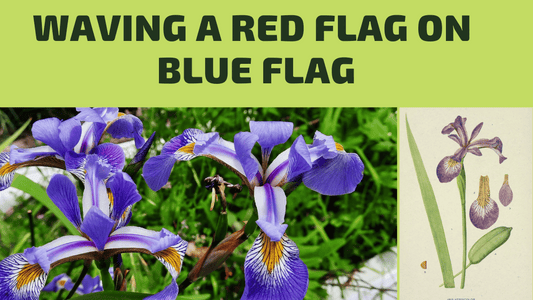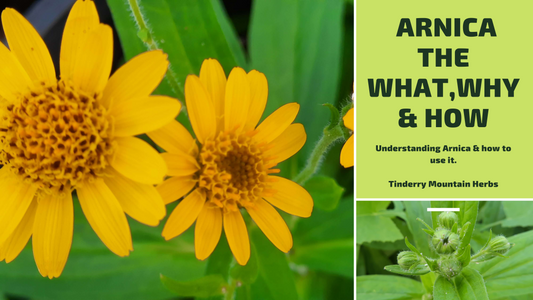‘When I moved in It had one fig tree, rampant couch grass and a trampoline – that was it!’
Lisette said when she moved to her house in suburban Canberra.
Mostly I am talking to you about medicinal herbs but every once in a while, a garden I see or read about takes my fancy and reinvigorates my love of gardening and plants so I share it with you.
The transformation into sensorial paradise of this suburban garden didn’t cost thousands of dollars or arrived prepacked from the local nursery or was created by ‘professional landscapers.
It’s one Woman and her family with their persistent efforts.
‘I just started with one small area then moved onto another area … ‘Lisette modestly says on how she achieved this.
A variety of evolving techniques over time has been used to change this landscape so profoundly. Here are some of them with my comments.
Compressing the view. You don’t see all the garden at once. Only enough is shown to entice you to step a on a little bit further…Human scale everywhere. No overpowering sweeps of landscaped lawn or towering trees. The plants are in your face all the time close and intimate.
The width of the paths and the seats only big enough for someone to walk along or sit on.
Mirrors around the side fences extend the views. This simple trick deepens the landscape. Department stores use this to create the illusion you are in a sea of desirable merchandise and confuse your sense of direction.
In the garden the mirrors tucked into and over hung by the shrubs creates these vistas that deepen and extend the garden beyond the existing boundaries. You know they are mirrors yet the garden they show entices you in.
You can grow just about anything in pots. Lisette is the pot plant master – Roses, rhododendrons, annual & herbaceous perennials etc all are found in pots placed along paths and in garden beds. It adds height and allows plants to be present on an area of concrete.
Ground covers. No bare earth, plants smother, reseed, sprawl, grow, creep, cover all the earth’s surface.
Path paving that change in texture shape, pattern and colour from one place to another. Creating interest, variety and intrigue.
Sitting areas – seats lots of them, tucked away. Encourage you to stop and wait awhile to be with the garden and pause.
Curves – of the pots, they are all round, the paths they all wind around – no direct line of sight, always you are viewing a wall of plants.
Sprawl – the plants are allowed to sprawl and flop and grow. A lot of gardens are mowed pruned clipped shaped etc. until the plants seem to groan under a strict discipline. Not here any clipping, any pruning is subtle not noticed. Entering, prepare yourself to be physically touched by the plants, you encounter them and brush by. Not many people can handle this, their fingers itch for the secateurs.
You cannot see any part of the fence – plants cover hide grow over it everywhere This blurs the boundaries, you never quite know where they are?
A whole book could be written about the techniques used in this garden. I have just picked a few out to share with you. Try them in your garden.
The main reason which makes it all work is a profound love of plants and letting them grown into their green forms without too much interference.
This is not a neat freaks gardening technique.
Congratulations Lisette – you have created a wondrous garden.
P.S Oh and the fig tree? It’s still there fruiting abundantly
P.S.S And the couch?… gone – plucked chipped dug harried mulched buried until it gave up and went elsewhere.




